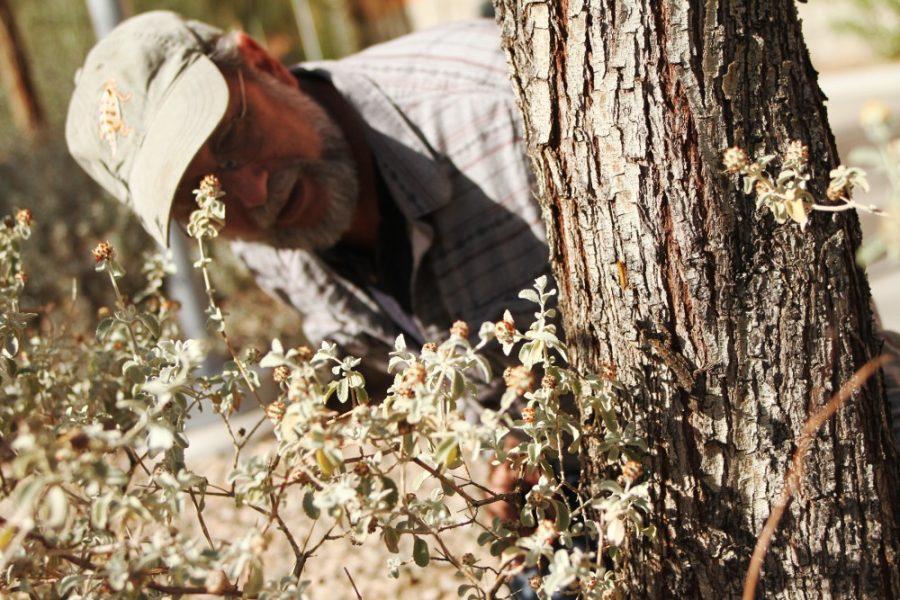A UA researcher is focusing his efforts on protecting Tucson animals through a new conservation project.
Mesquite trees provide shade along a winding trail where bicyclists and walkers observe a diverse array of wildlife while nearby, the Santa Cruz river flows with summer rains.
This is what Phil Rosen, a research scientist at the School of Natural Resources and the Environment, said he envisions when he thinks about his latest project.
Rosen recently received a $285,000 contract spanning five years to protect lizards and other animals during the restoration of a section of the Santa Cruz in a bank protection project along the river from Silverlake Road to Ajo Way. The Paseo de las Iglesias bank protection project seeks to strengthen the banks of the watercourse and reduce erosion, as well as create recreational space.
Ecological restoration is a major component of the project.
The species he will be working to protect include the western burrowing owl, a favorite among local naturalists, and the regal horned lizard, which, despite its seemingly aristocratic name, is known to squirt blood from its eye at potential threats.
“We have a lot of unique species in the area,” said Suzanne Shields, the director of the Regional Flood Control District. “It’s important to conserve them.”
In line with the Endangered Species Act and the Sonoran Desert Conservation Plan, the RFCD aims
at “creating riparian habitats and encouraging the native species,” Shields said.
Rosen will work to protect several species during construction, and also to ensure they have a suitable place to return after the project ends.
“We’re creating an ecosystem,” Rosen said.
Rosen plans to collect and translocate some species to areas around Tucson, but some of the
lizards will stay on-site in specially designed containment pens. A fine-mesh screen will cover the pen on all sides, including the bottom, Rosen said. The pens will imitate the natural environment of the lizards while protecting them from an unfortunate encounter with a bulldozer. After construction, the pen material will be reused to build a fence to keep the reptiles from the roadways that surround the area.
Although some might not see the point of conducting a conservation project in the middle of the city, Tucson is home to 19 different species of lizards, Rosen said. Along with the city’s
biodiversity, the abundance of lizards in Tucson is very high, Rosen said.
“There are undoubtedly more lizards living in the city than people, probably by a factor of five or 10,” Rosen added.
In light of recent declines in some lizard populations, Rosen said that conservation projects are imperative. However, those efforts don’t end at lizards, as saving toads is also a key aspect of the project. Rosen said he will create special basins to encourage breeding in species like the Mexican spadefoot and the Great Plains narrowmouth toad and that the basins will also be designed to reduce the propagation of a major human health risk: mosquitoes.
Along with housing the toads, the basins will be inhabited by animals that eat mosquito larvae, which can accumulate in stagnant water.
The western burrowing owl will also be accommodated during construction. Rosen and his team will construct artificial nesting sites for the owls displaced by the project, then reintroduce them into the environment afterward.
Rosen said he is confident in the value of conservation projects.
“This biodiversity is both enjoyable and aesthetic to large numbers of people and very valuable to young folks, who revel in this kind of thing,” Rosen said. “People like these [animals]. They like to have them around.”









